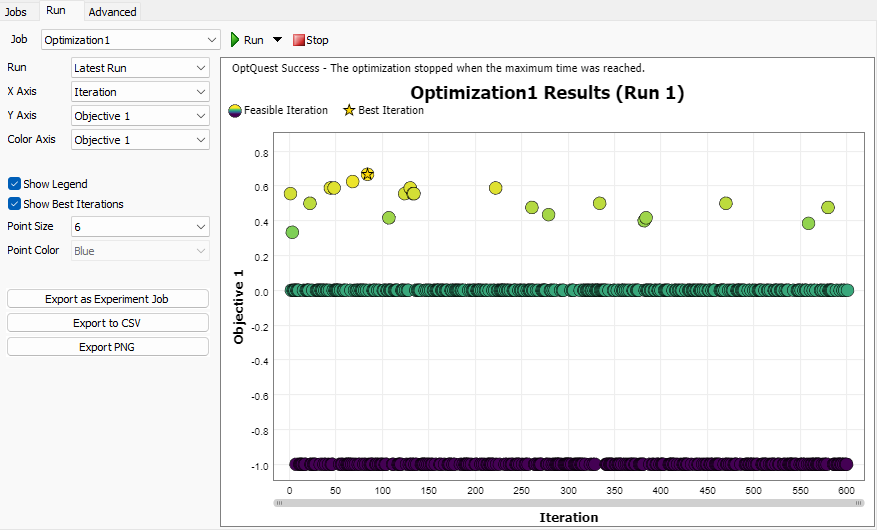Hi good morning,
As the final output of my simulation, I would like to export and share the results of the best iteration in the optimizer.
Is there a way to automatically select the best iteration and export its results? Is this feasible? Maybe via external python code? Is there a post, manual or something to get me started on this? I've doing some search but cannot find anything related.
thank you very much






